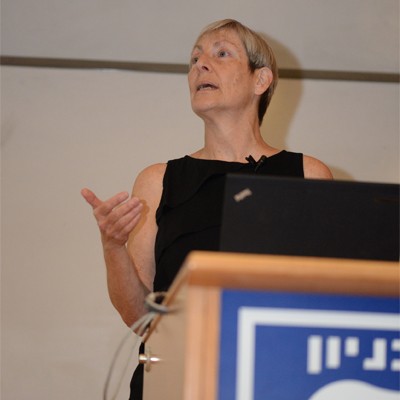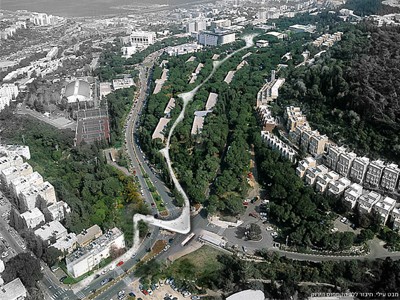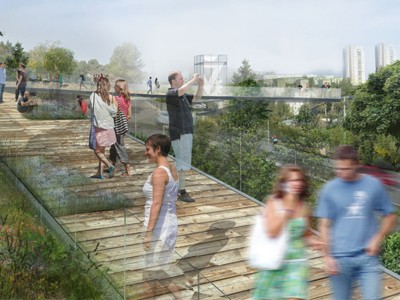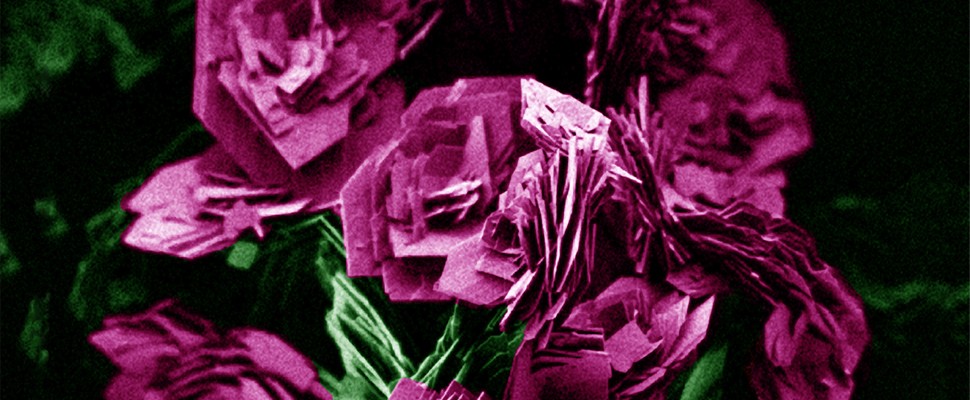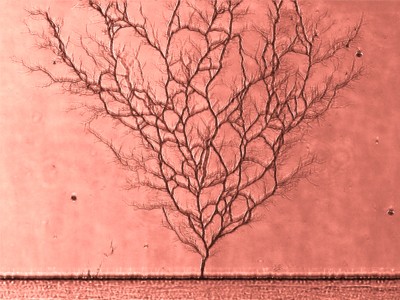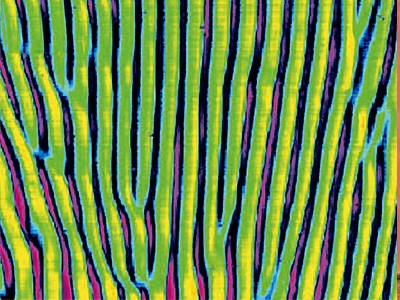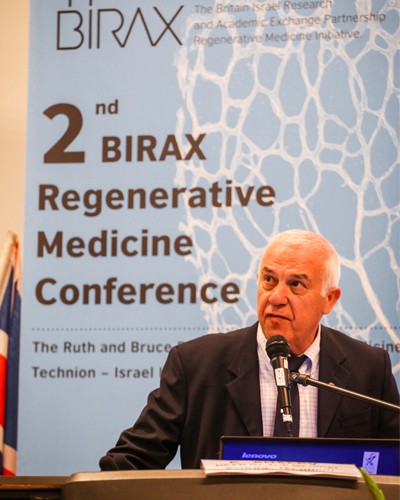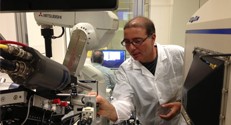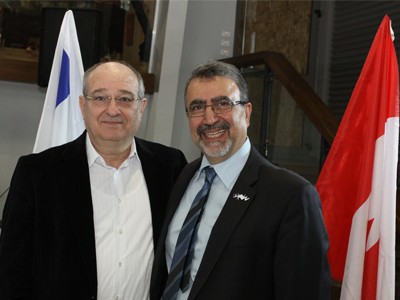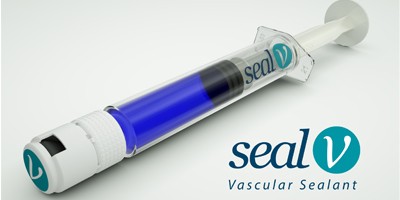After of a Decade of Research
Scientists from the Technion and the Pasteur Institute in France Solved for the First Time the Structure of a Protein Responsible for Cell-Cell Fusion
The discoveries were made in a model system of a tiny roundworm, and will be useful for future research designed to understand human fusion processes (during fertilization or in the formation of muscle fibers, for example)
Scientists from the Technion and the Pasteur Institute in France have discovered the atomic structure of a protein that is present on the cell surface and is responsible for cell-cell fusion. This discovery was published in the prestigious scientific journal Cell. The scientists also discovered the mechanism that allows this fusion to occur.
Professor Benjamin Podbilewicz, from the Technion’s Faculty of Biology, in collaboration with Professor Felix Rey from the Pasteur Institute, and their research teams have been studying this topic for nearly a decade. The research focuses on the EFF-1 protein from a tiny roundworm, known as Caenorhabditis elegans, which serves as a convenient research model for a variety of biological processes.
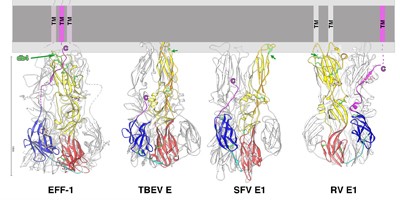
“The atomic structure of this protein (but not the sequence) in the roundworm is similar to that of proteins that do the same thing – membrane fusion – in enveloped viruses,” explains Professor Podbilewicz. He describes the way in which an enveloped virus penetrates the body: “The cell ‘swallows’ it and then the membrane of the virus fuses with the membrane of the organelle that swallowed it (an organelle is a specialized lipid-enveloped structure within a living cell). As a result, the genetic material of the virus enters the cell and assumes control over it.”
“We also discovered the differences by which the viral protein fuses with the cell membrane, and the way the EFF-1 protein carries out this process,” added Professor Podbilewicz. “The viral protein, which has no partner in the targeted cells, must do all the work on its own and is endowed with a unique mechanism for this purpose. Conversely, when the roundworm cells fuse with each other, each cell expresses its fusion proteins on the surface. Here, the fusion proteins (EFF-1) of both cells ‘hug’ each other and create a kind of a zipper connecting the cells together.”
The discoveries by the scientists from the Technion and the Pasteur Institute will have implications on research aimed at understanding cell-cell fusion processes in the human body. These processes play a critical role in fertilization (the fusion between sperm and ovum), and in developmental processes taking place in organs such as in muscle and bone.
In the photos:
-
Professor Beni Podbilewicz (photograph courtesy of Ksenia Smurova)
-
Comparison between the EFF-1 protein structure and the structure of fusion proteins from viruses (you can clearly see that they are identical in structure) Pérez-Vargas et al., Structural Basis of Eukaryotic Cell-Cell Fusion, Cell (2014), http://dx.doi.org/10.1016/j.cell.2014.02.020

